Loss of permafrost – a global cause for concern
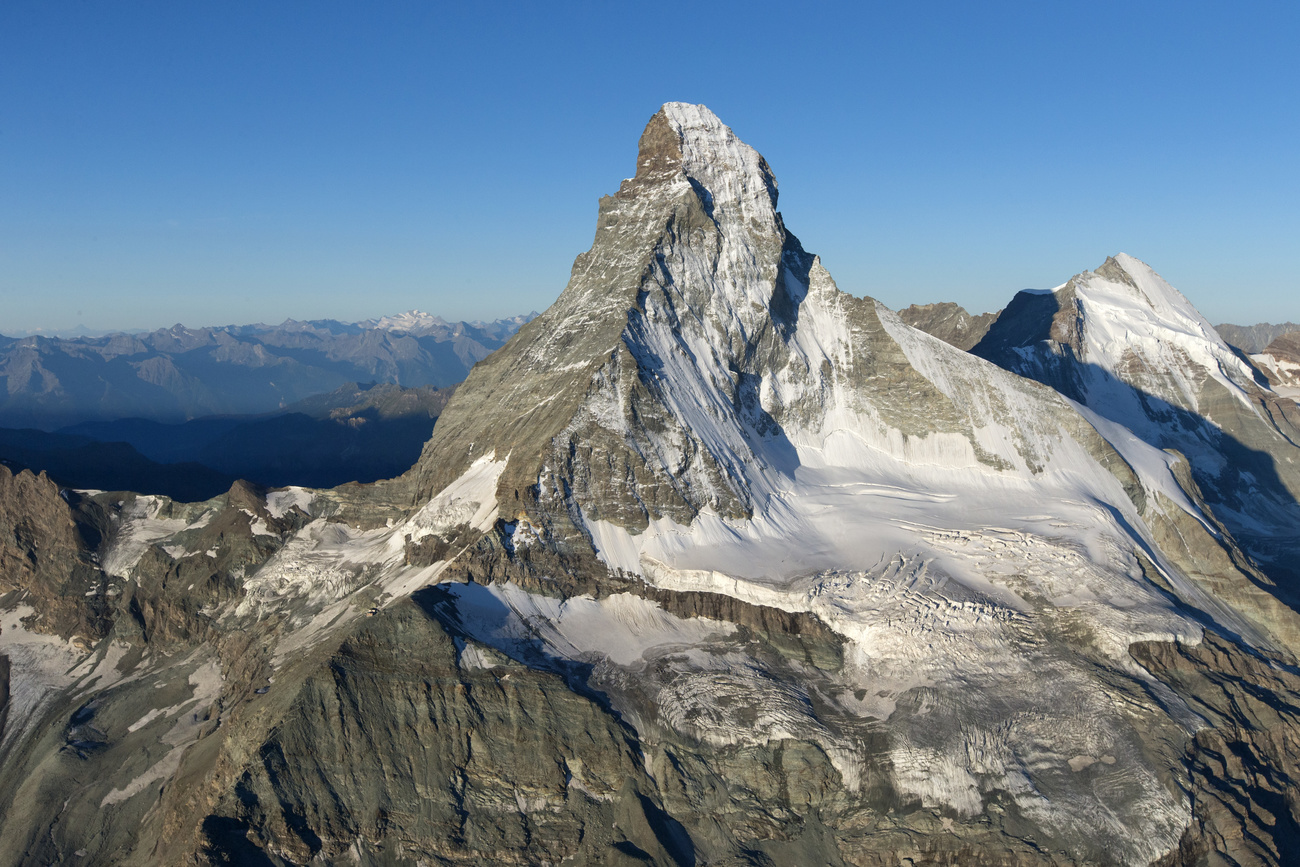
Switzerland is a pioneering country in the study of permafrost. The thawing of terrain that used to be permanently frozen is becoming more and more prevalent, and it has planet-wide repercussions.
The locals call it “Hell’s Gate” because of the noises that seem to come from the bowels of the earth. For scientists, the Batagaika crater, in Eastern Siberia, has nothing very diabolical about it. The sounds it makes are the result of a geophysical phenomenon that has been known for quite some time: the melting of permafrost, the layer of permanently frozen ground.
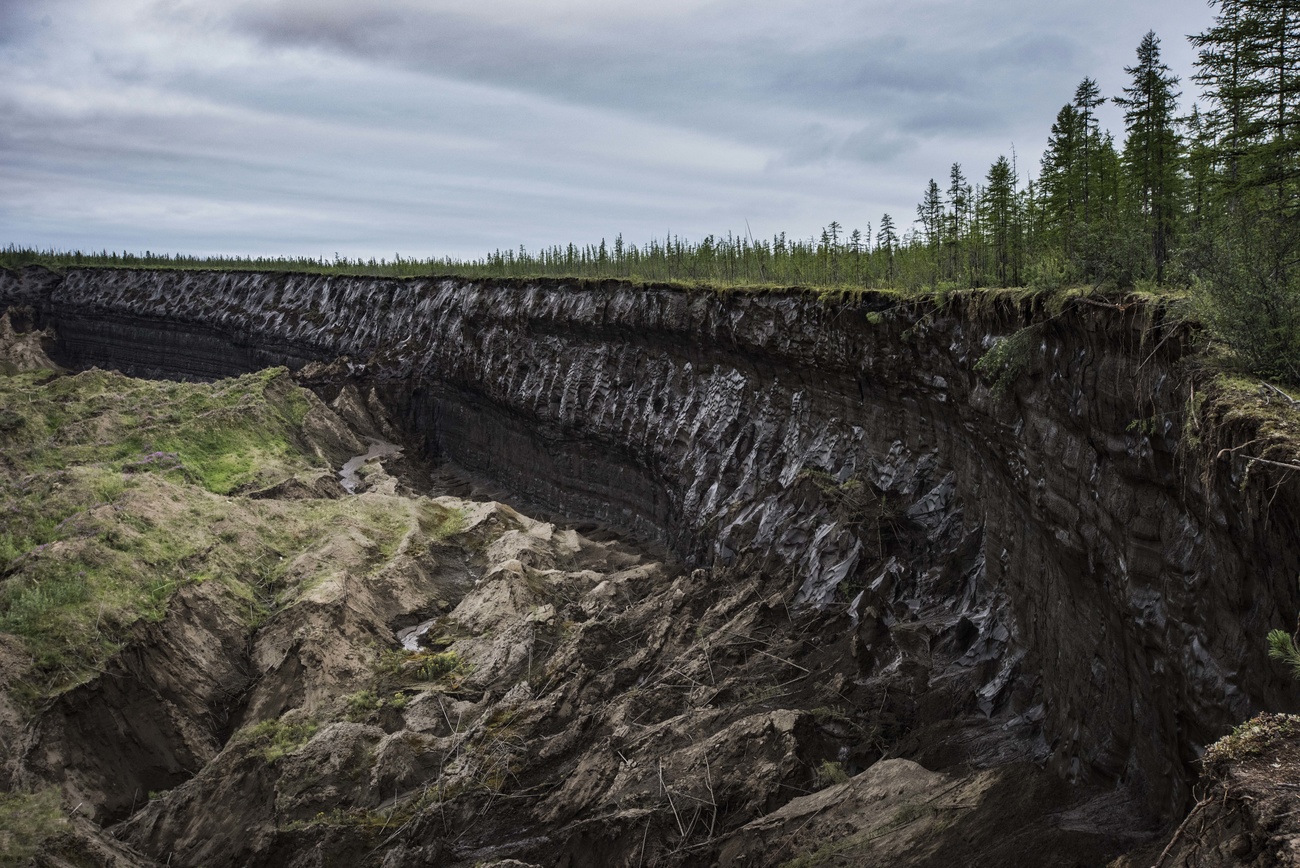
This change, driven by global warming, is happening not just on the Siberian tundra, but throughout a northern hemisphere area of about 23 million square km, or twice the size of the US. Found mainly in the Arctic regions, from Russia to Canada, permafrost is also present in the high mountain terrain right across the Alps. In Switzerland, it is found above an altitude of 2,500 metres.
As well as causing major disturbances to the terrain itself, thawing of permafrost can undermine the stability of mountain slopes and trigger natural disasters. These developments are a worry to people living in the affected regions, but the potential repercussions around the world are also a major cause of concern. According to a 2019 report by the United Nations, the loss of permafrost is one of fiveExternal link major threats to the environment that have hitherto been underestimated.
Permafrost warms up
Some 5% of Switzerland’s national territory is made up of permafrost, mostly in terrain covered by rock debris and on cliff walls at high altitudes. In comparison, the proportion covered by glaciers is about 2.5%.
“It is clear that in the past twenty years, the temperature of permafrost has been rising throughout the Swiss Alps”, says Jeannette Noetzli of the Institute for Snow and Avalanche Research.
It’s not just the temperature of the surrounding air that determines the condition of the permafrost, she points out. The sun’s rays and the snow cover have to be taken into account as well.
Unlike peaks above the 4,000-metre level and the polar regions, where permafrost is really cold, in Alpine regions most of its temperature is close to zero, Noetzli explains. “So we have less of a thermic ‘reserve’ and we are that much closer to melting point.”
What is known as the “active layer” is getting thicker. This is the top level of the permafrost which melts during the summer and freezes again in the winter.
Sensors and cameras on the Matterhorn
Jeannette Noetzli heads PERMOSExternal link, the permafrost monitoring network in Switzerland. Created in 2000, it is the first national network dedicated to studying change in permafrost. Switzerland has the world’s largest collection of data on high-altitude permafrost, and it includes a chronological series covering a period of over 30 years.
Researchers are able to make use of advanced technologies: probes that go down a hundred metres, devices to measure the terrain’s electrical resistance, GPS, wireless sensors and high-resolution video cameras. On the Hörnli ridge of the Matterhorn, 3,500 metres up, a network of 17 sensors is transmitting data in real time to the computing centre at the Federal Institute of Technology in Zurich (this is the PermaSenseExternal link project).
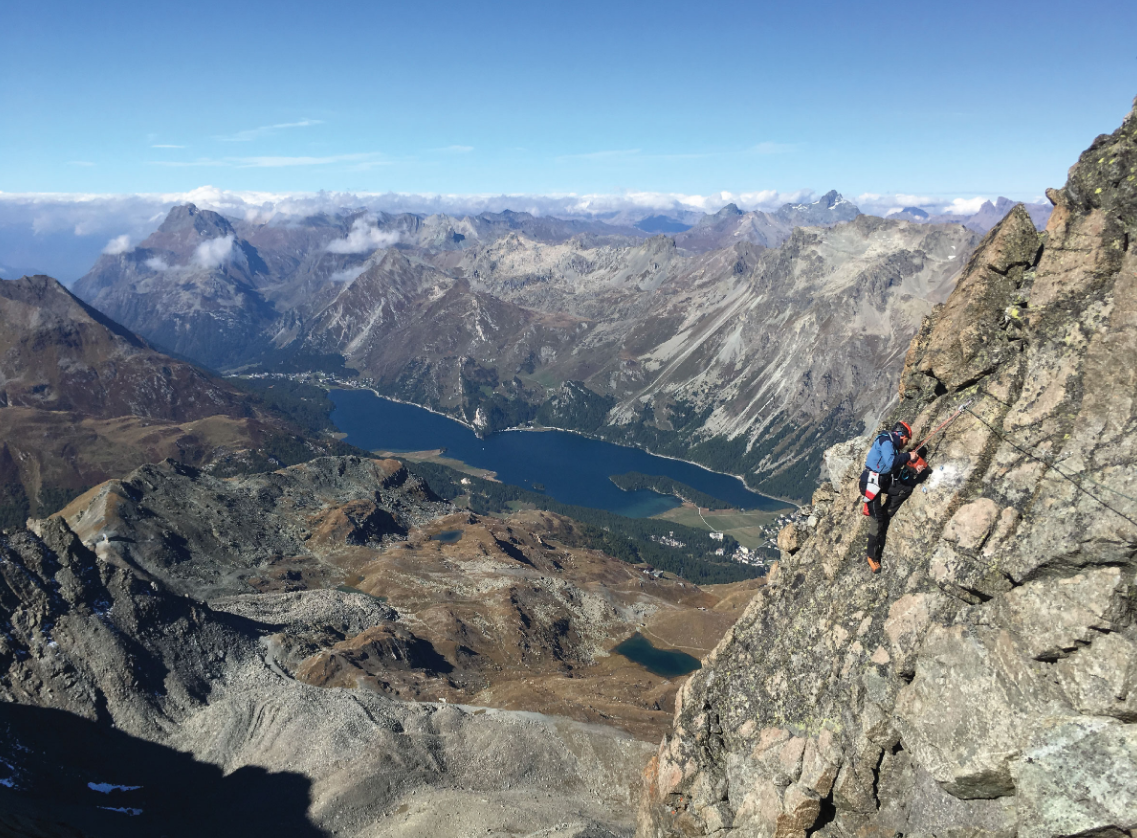
Risk of landslides
The unfreezing of the permafrost has a negative impact on the stability of mountainsides, because it takes away their “stickiness”, as Cécile Pellet of the geosciences department at the University of Fribourg explains.
“Losing the permafrost can lead to rockslides”, she told the Valais newspaper Le Nouvelliste. However, as the PERMOS researcher points out, there can be more than one reason when this kind of event happens, as was the case in Bondo in 2017. The geology of the place itself may be a contributing factor.
It would be too much of a generalisation to say that the Alps are going to become a more dangerous place due to global warming and the melting of permafrost, thinks Noetzli. “But we are noticing major changes in sensitive areas. As a result, mountain climbers may have to look for different routes to take in some places”.
Danger for tourist infrastructure
One thing is certain, however: the decline of the permafrost and the increasing movement seen in rock debris has the potential to be a problem for buildings and structures of all kinds sited at a high altitude: chalets for mountain-climbers, cableways, railways, telecommunications equipment, avalanche barriers, and so on.
All this infrastructure is important for tourism, communication, power supply, and prevention of natural hazards in Switzerland. For example, the Gornergrat railway near the Matterhorn and the Jungfrau railway in the Bernese Alps were built partly over permafrost.
Cable-car operators will need to invest in new construction to strengthen the pillars supporting their infrastructure. In canton Uri, for exmaple, a new concrete base has had to be put in for the Gemsstock cable car line, which goes up to an altitude of almost 3,000 metres.
Worrying global trends
The repercussions of the thawing of permafrost will be seen not just at local or regional level.
As the permafrost melts, ancient microorganisms trapped inside the ice could get out into the atmosphere and become reactivated, infecting humans and animals. To learn more, see our article on this topic featuring Swiss expert Beat Frey, who is a researcher at the Snow and Avalanche Institute studying Alpine permafrost. He calls this issue “a major unknown”.
Furthermore, organic carbon which has accumulated over the course of millennia in the ice layer will increasingly find itself being released into the atmosphere in the form of CO2 and methane, which is likely to add to global warming – a vicious circle.
This issue concerns above all the Arctic regions, where rising temperatures (two to four times the global average) are bringing the collapse of the permafrost that much closer, experts warnExternal link. According to the estimateExternal links, frozen terrain holds about 1,600 billion metric tons of carbon – double what is in the atmosphere.

In compliance with the JTI standards
More: SWI swissinfo.ch certified by the Journalism Trust Initiative

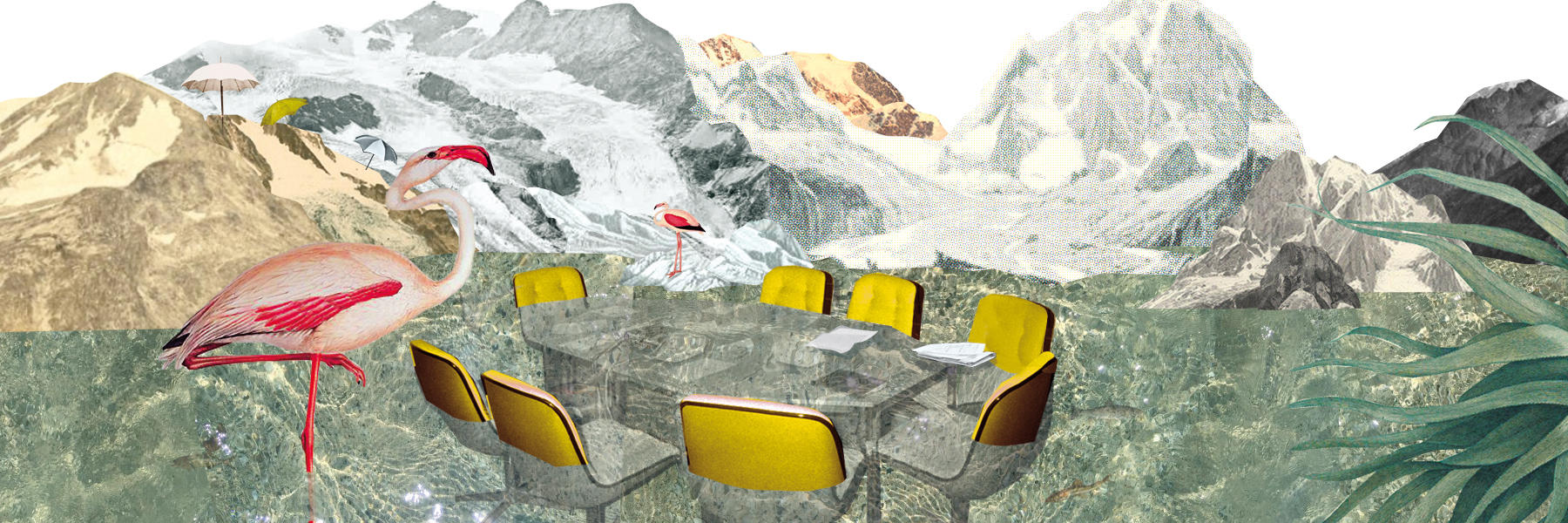
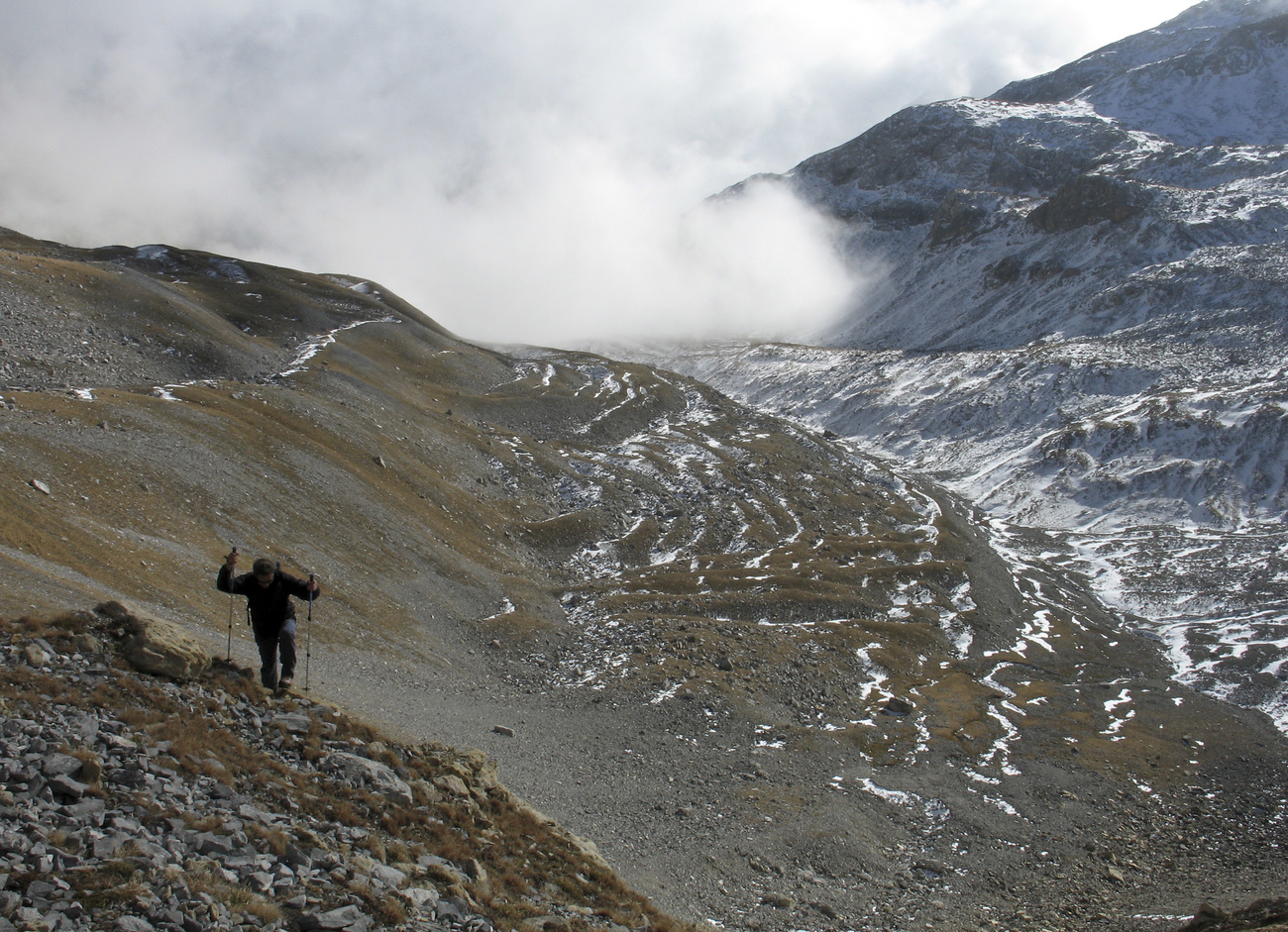
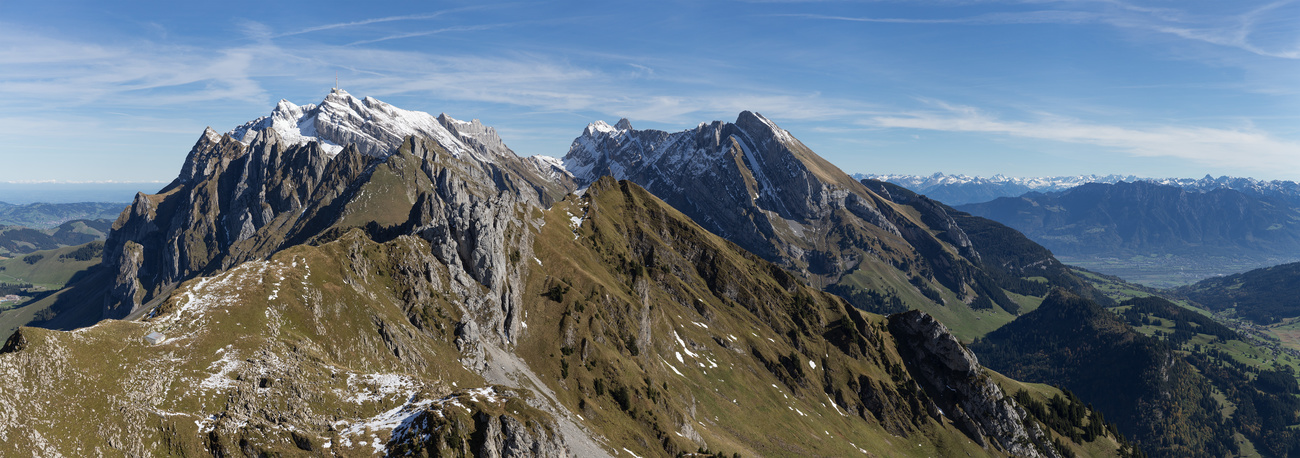
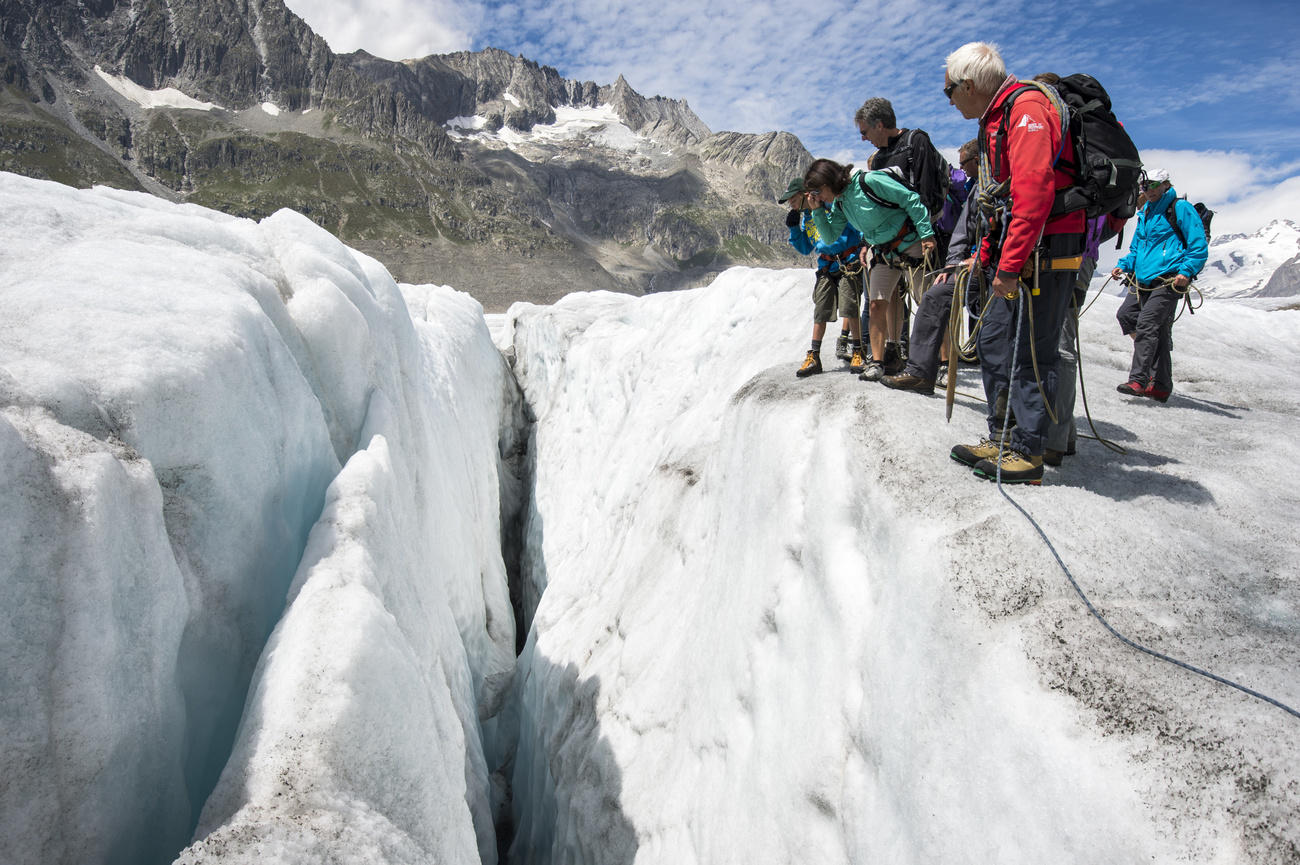
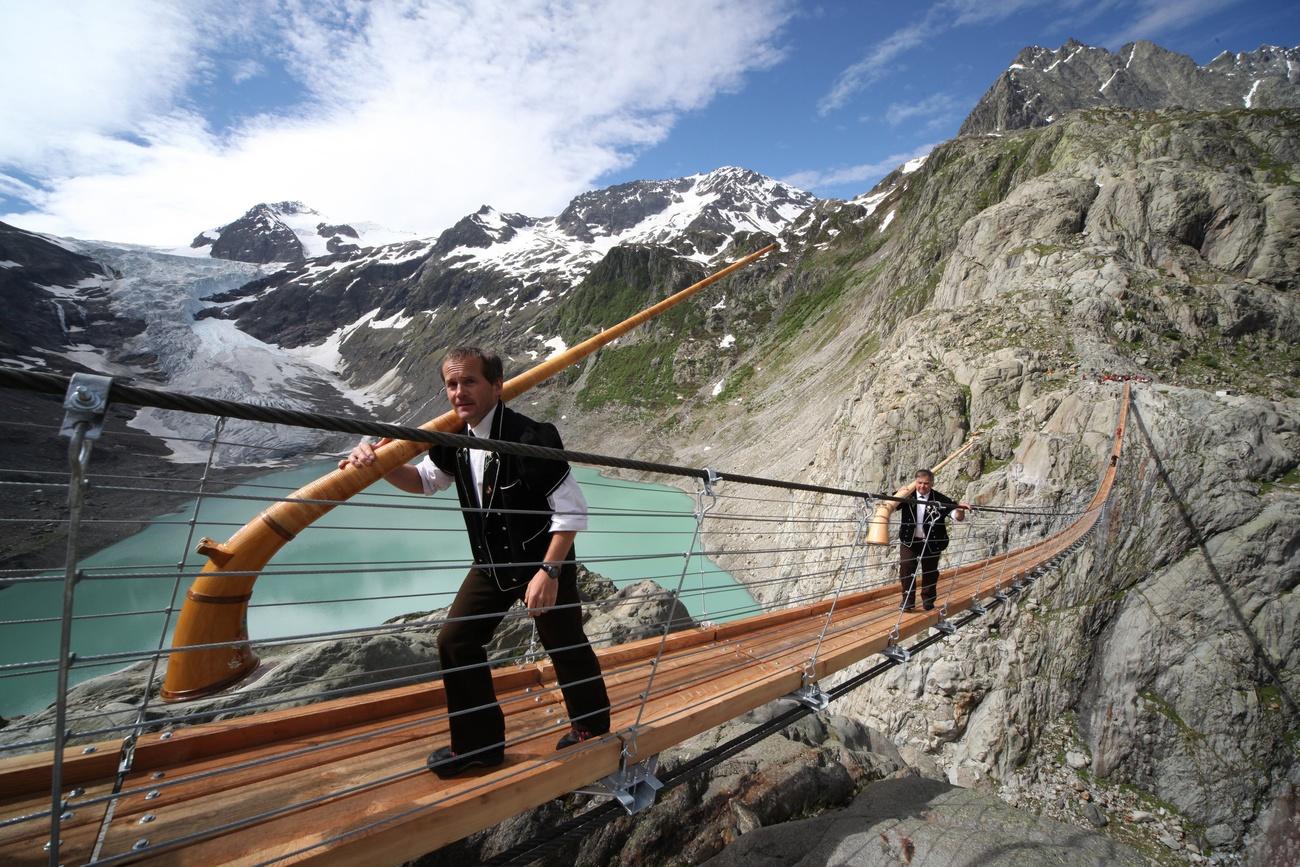
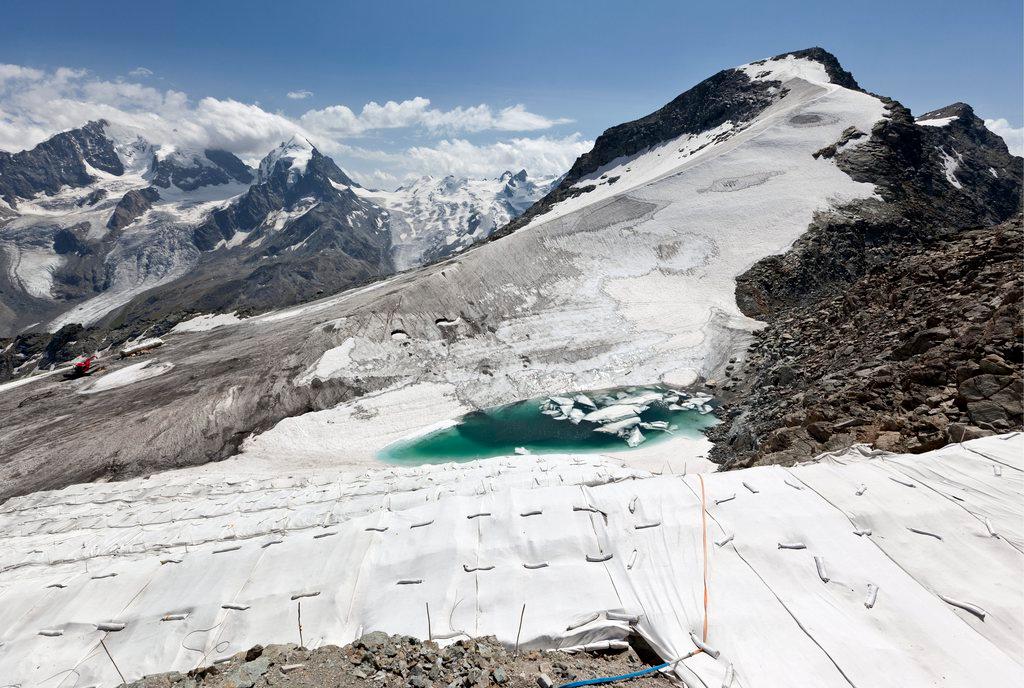
You can find an overview of ongoing debates with our journalists here. Please join us!
If you want to start a conversation about a topic raised in this article or want to report factual errors, email us at english@swissinfo.ch.